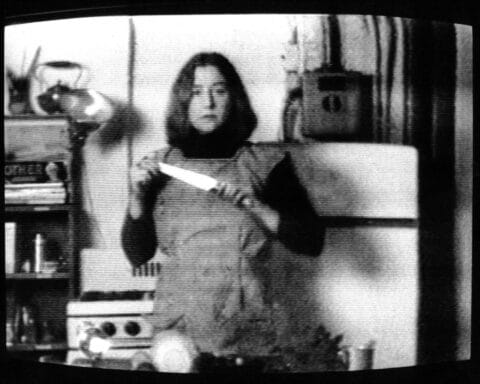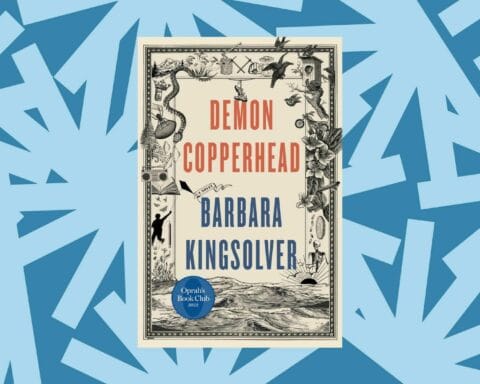Sophie Calle, an artist whose work defies conventional categorization, crafts a world where the lines between the observed and the observer blur into haunting explorations of identity, memory, and absence. Her art is a delicate dance between voyeurism and autobiography, where the mundane is transformed into a stage for existential inquiry. Through the lens of surveillance, Calle investigates the intimate spaces of others’ lives, all while revealing her own vulnerabilities. Her works serve as archives of the ephemeral, documenting what is often lost to time and the limitations of perception. Memory, loss, and the poetics of forgetting weave through her projects, creating narratives that are as much about what is unsaid as what is revealed. Calle’s art is also a collaborative endeavor, engaging others in a collective interpretation of personal experience, where the artist becomes both a storyteller and a facilitator of shared voices. In her hands, the boundaries between art and life dissolve, leaving us to ponder the spaces between presence and absence, truth and fiction. Ultimately, Calle’s work is a meditation on the human condition, an invitation to confront the elusive and often unsettling nature of existence.
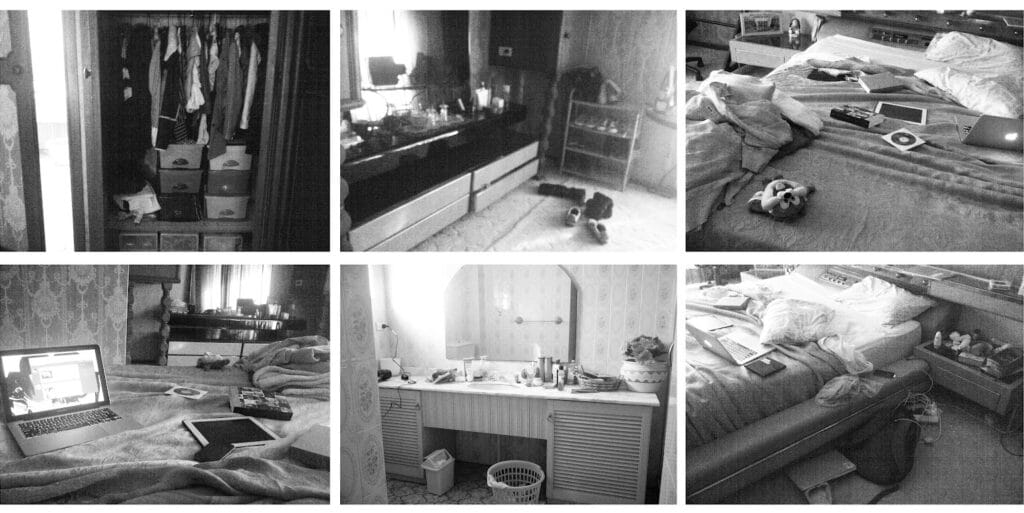
I. Introduction: The Artist as Detective and the Poetic of the Void
Sophie Calle, an enigmatic figure in contemporary art, occupies a space between voyeurism and autobiography, transforming the mundane into a theater of existential inquiry. Her work navigates the elusive intersections of intimacy and anonymity, presence and absence, constructing a labyrinth of narratives that compel us to question the nature of identity, memory, and the human condition. In her oeuvre, art becomes a conduit for the exploration of life’s most ephemeral qualities, rendering visible the often invisible currents of our emotional and psychological landscapes.
Calle’s work is imbued with a deeply philosophical undertone, probing the boundaries of art and life, the public and the private. It is as much about the stories we tell ourselves as it is about the spaces between those stories—where truth is fragmented, obscured, or lost entirely. Through her lens, art is not merely an aesthetic experience but a forensic process, dissecting the very essence of what it means to observe, to remember, and ultimately, to exist. This essay will delve into the complex tapestry of Calle’s art, exploring its major themes and attributes through a meticulous examination of her most significant works.


II. The Poetics of Surveillance: Voyeurism, Identity, and the Gaze
One of the most striking aspects of Sophie Calle’s work is her employment of surveillance as both a method and a theme. Her early work, such as Suite Vénitienne (1980), exemplifies this approach. In this piece, Calle follows a man named Henri B. through the streets of Venice, documenting his movements with photographs and written notes. This act of following, a pursuit that blurs the lines between observer and observed, becomes a metaphor for the human desire to penetrate the mysteries of others’ lives while grappling with the impenetrability of our own.
The act of following someone, of turning a person into an object of study, invokes questions about identity and the nature of the self. In Calle’s work, the gaze is both a tool of control and a reflection of vulnerability. By subjecting her subject to her gaze, she exerts a form of power over him, yet she also reveals her own obsessions and insecurities. This duality of power and vulnerability permeates much of Calle’s work, revealing the paradoxical nature of the gaze: it is at once an act of possession and an admission of lack.
Calle’s work also interrogates the relationship between the self and the other, highlighting the ways in which identity is constructed through our interactions with those around us. In The Shadow (1981), Calle enlists a private detective to follow her, effectively reversing the roles she played in Suite Vénitienne. Here, Calle becomes the subject of surveillance, her movements documented by an anonymous observer. This reversal not only subverts the power dynamics inherent in the act of following but also complicates the notion of identity. As Calle becomes both the observer and the observed, the boundaries between self and other dissolve, leaving only the shadow of identity—a fleeting, elusive trace that can never be fully captured or understood.

III. The Archive of Absence: Memory, Loss, and the Art of Forgetting
Memory and loss are central themes in Calle’s work, often intertwined in complex and unexpected ways. Calle’s exploration of these themes can be seen as an attempt to document the undocumentable, to capture the essence of absence itself. Her work is a meditation on the fragility of memory and the inevitability of forgetting, an archive of the ephemeral that both preserves and erases.
In The Address Book (1983), Calle found a lost address book on the street and, instead of returning it to its owner, used it as the basis for an investigative project. She contacted the people listed in the address book, interviewing them about the owner, a man named Pierre D. Through these interviews, Calle reconstructed a portrait of Pierre, piecing together fragments of his life from the memories of others. However, this portrait is inevitably incomplete, a mosaic of impressions that can never fully capture the essence of the man.
This work highlights the ways in which memory is both a creative and destructive force. The act of remembering is also an act of forgetting, as each memory is shaped by the limitations of our perception and the passage of time. The portrait of Pierre D. that emerges from Calle’s investigation is as much a product of her imagination as it is of the memories of those she interviewed. In this sense, memory becomes a form of fiction, a narrative constructed from fragments of truth and invention.
Calle’s work also explores the tension between presence and absence, a theme that is particularly evident in her exploration of loss. In Exquisite Pain (2003), Calle documents her experience of heartbreak following the end of a love affair. The work consists of two parts: the first is a series of photographs and texts that recount the events leading up to the breakup, while the second is a series of responses to the question “When did you suffer the most?” These responses, collected from people Calle encountered in the aftermath of her breakup, serve as a counterpoint to her own experience of pain, highlighting the universality of suffering.
Through this work, Calle examines the ways in which loss shapes our identities and our perceptions of the world. The experience of heartbreak becomes a lens through which the artist—and, by extension, the viewer—confronts the inevitability of loss and the fragility of human connection. Yet, in documenting her pain, Calle also enacts a process of healing, transforming her personal experience into a collective exploration of suffering and resilience.
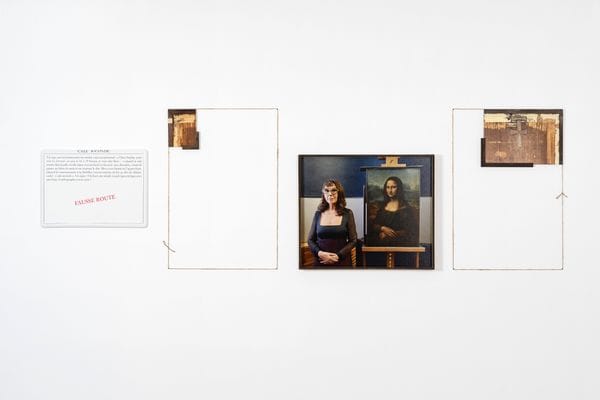


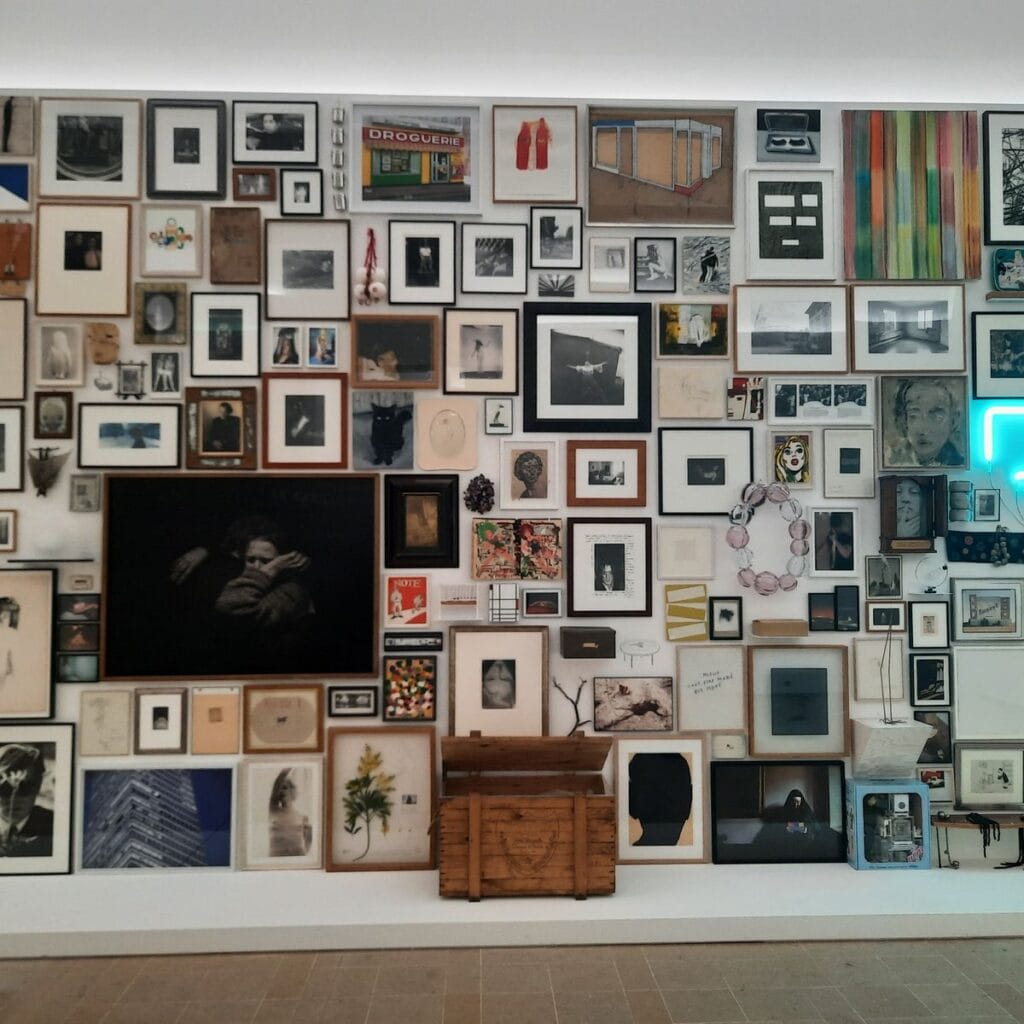

IV. The Autobiography of the Other: Collaboration, Participation, and the Collective Voice
Collaboration and participation are integral to Calle’s practice, reflecting her interest in the collective dimensions of identity and experience. Many of her works involve the participation of others, whether as subjects, collaborators, or co-creators. This emphasis on collaboration challenges the traditional notion of the artist as a solitary genius, instead positioning the artist as a facilitator of collective expression.
One of the most significant examples of Calle’s collaborative approach is Take Care of Yourself (2007), a work that was created in response to a breakup email from her lover. Instead of responding directly to the email, Calle invited 107 women to interpret it according to their professional expertise. The resulting interpretations, which range from legal analyses to choreographed performances, form a multifaceted exploration of communication, interpretation, and emotional labor.
In Take Care of Yourself, the breakup email becomes a site of collective engagement, a text that is dissected, analyzed, and reinterpreted by a diverse group of women. This process of collective interpretation not only highlights the multiplicity of perspectives that can be brought to bear on a single text but also underscores the ways in which language mediates our experiences of intimacy and separation. By inviting others to participate in her work, Calle transforms her personal experience into a shared exploration of the complexities of human relationships.
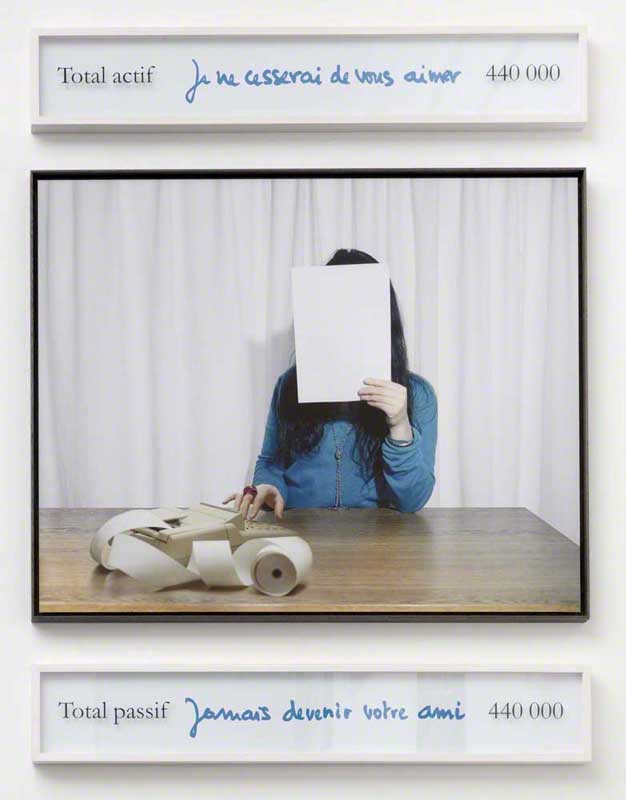
Calle’s collaborative approach is also evident in her engagement with the lives of others, particularly in works that explore the intersections of autobiography and biography. In The Hotel (1981), Calle worked as a chambermaid in a hotel in Venice, where she documented the belongings of the guests who stayed in the rooms she cleaned. Through photographs and written descriptions, Calle created portraits of these strangers based on the traces they left behind. This work blurs the boundaries between autobiography and biography, as Calle’s documentation of others’ lives becomes a reflection of her own subjectivity.
The act of documenting the lives of others, of turning their private spaces into public narratives, raises ethical questions about the boundaries between art and life, the personal and the collective. Yet, in Calle’s hands, these boundaries are always fluid, always open to reinterpretation. Her work suggests that our identities are not fixed, but are instead shaped by our interactions with others, by the stories we tell and the stories that are told about us.
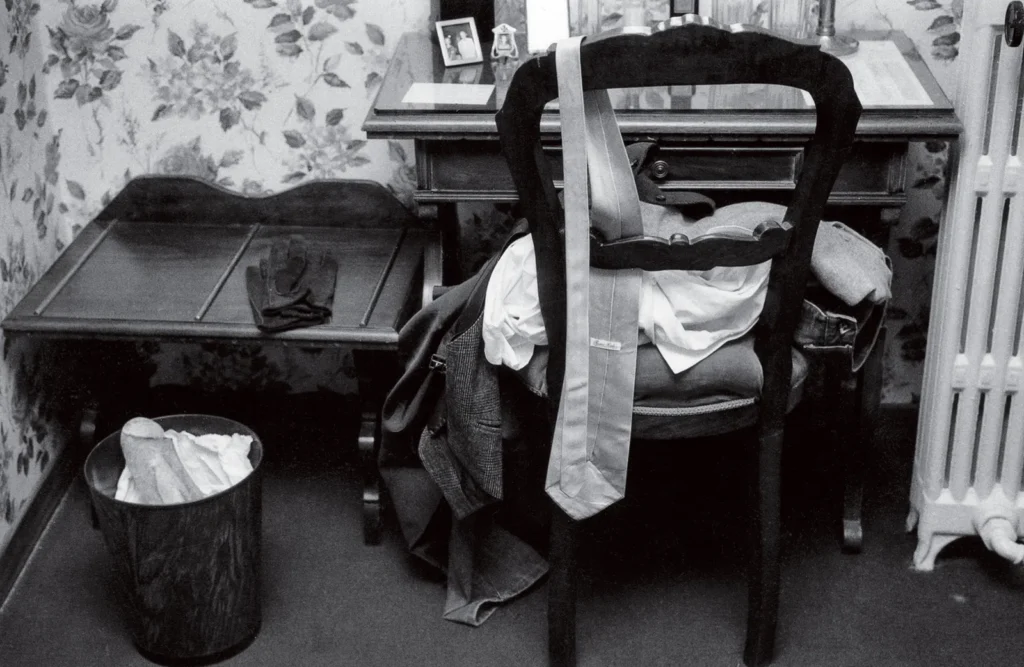

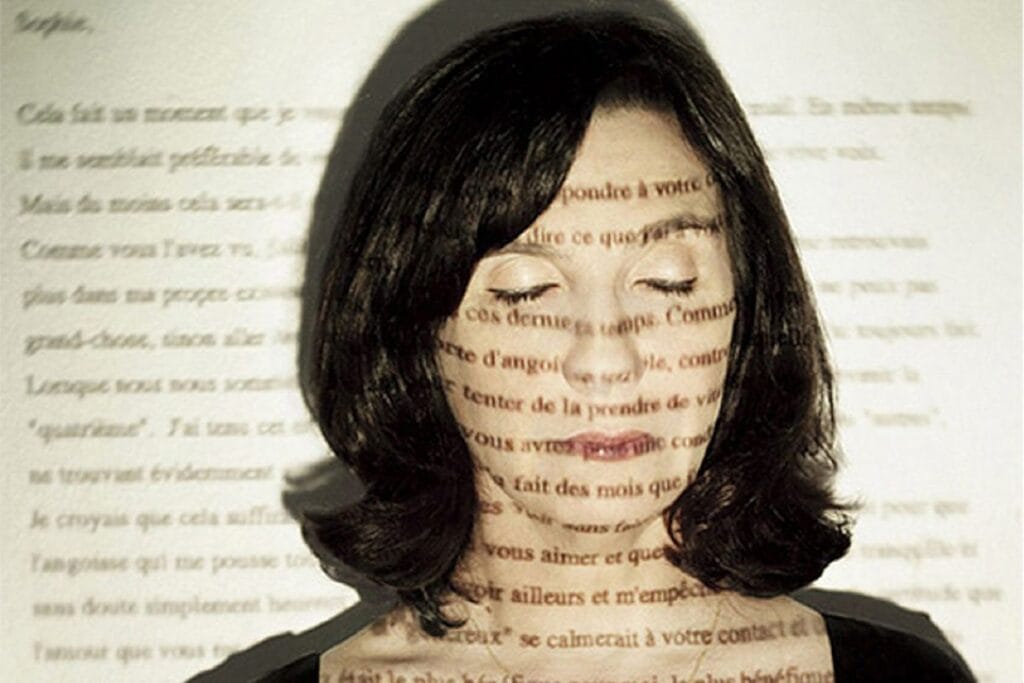


V. The Specter of Death: Mourning, Ritual, and the Poetics of the End
Death, mourning, and the rituals associated with loss are recurring motifs in Calle’s work, reflecting her deep engagement with the themes of absence and presence. In works such as The Last Image (2010) and Rachel, Monique (2010), Calle confronts the specter of death head-on, exploring the ways in which we cope with the loss of loved ones and the inevitability of our own mortality.
The Last Image is a series of photographs and texts that document the last images seen by individuals who have lost their sight. Calle interviewed people who had become blind, asking them to describe the last thing they remembered seeing before their vision was lost. These descriptions are accompanied by photographs of the locations or objects mentioned, creating a poignant meditation on memory, loss, and the persistence of vision.
This work underscores the fragility of perception, the ways in which our experiences of the world are shaped by our senses, and the profound impact of losing one of those senses. The last image seen by someone who has become blind becomes a metaphor for the moment of death, the final glimpse of the world before everything fades to black. Yet, in documenting these last images, Calle also affirms the persistence of memory, the ways in which the past continues to haunt the present even in the face of loss.
Rachel, Monique, a work dedicated to the memory of Calle’s mother, is perhaps her most personal exploration of death and mourning. The work, which takes the form of an installation, includes photographs, texts, and personal objects that evoke the life and death of Calle’s mother, Monique. The installation is a space of mourning, a site where the artist—and the viewer—can confront the reality of loss and the rituals we create to cope with it.
The title of the work, which combines the names Rachel (Calle’s grandmother) and Monique (Calle’s mother), suggests the continuity of memory across generations, the ways in which the past is always present in our lives. Yet, the work also acknowledges the inevitability of forgetting, the ways in which memory fades over time, leaving only traces of the people we have lost.
In Rachel, Monique, Calle creates a space where absence is made palpable, where the presence of the dead is felt through the objects and memories they left behind. This work, like much of Calle’s oeuvre, is a meditation on the ways in which art can serve as a form of mourning, a way of preserving the memory of those we have lost while acknowledging the inevitability of their absence.
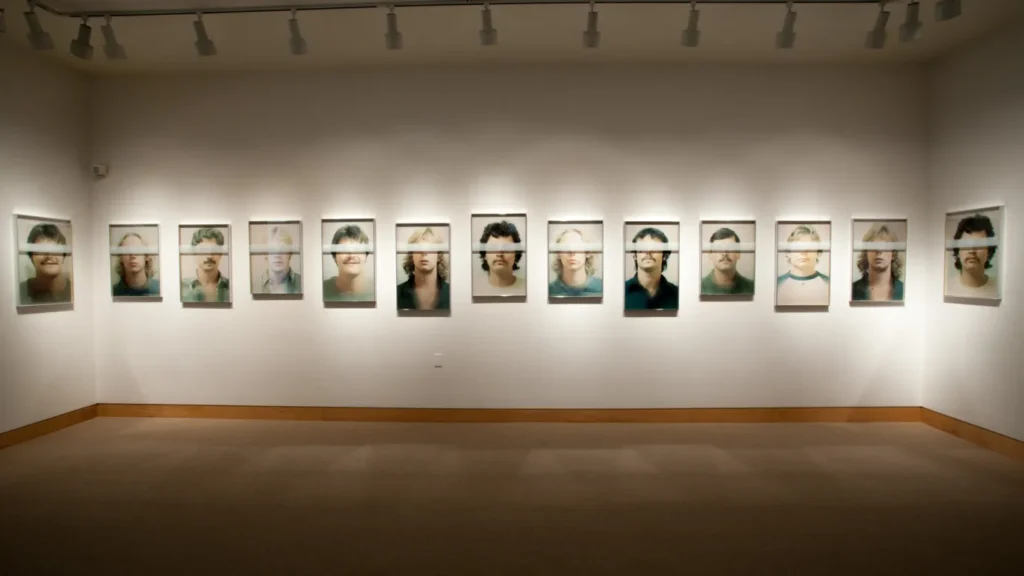
VI. Conclusion: The Art of Living and Dying
Sophie Calle’s art is a profound exploration of the human condition, a body of work that engages with the most fundamental aspects of our existence: identity, memory, loss, and death. Through her innovative use of surveillance, collaboration, and ritual, Calle creates works that are both deeply personal and universally resonant, works that challenge us to confront the complexities of our own lives.
In Calle’s art, the boundary between life and art is always porous, always open to interpretation. Her work suggests that art is not just a reflection of life, but a way of living, a way of engaging with the world that is both poetic and forensic, both intimate and detached. Through her lens, the everyday becomes extraordinary, the mundane becomes profound, and the ephemeral becomes eternal.
In this way, Sophie Calle’s art is not just about the stories we tell, but about the spaces between those stories, the silences and absences that define our existence. It is in these spaces that Calle’s work finds its true power, creating a poetics of the void that speaks to the deepest aspects of our humanity.
As we engage with Calle’s work, we are invited to become participants in her exploration of life’s most elusive qualities, to join her in the search for meaning in a world that is often defined by its absence. And in doing so, we are reminded that art, at its most profound, is not just a way of seeing the world, but a way of living in it—a way of embracing both its beauty and its darkness, its presence and its absence, its life and its death.



